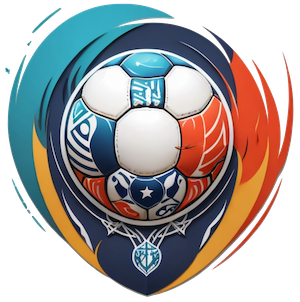Major League Soccer (MLS) continues to undergo a transformative phase, particularly highlighted by the staggering rise in player salaries. With the recent release of player salary data from the MLS Players Association (MLSPA), it’s evident that the economic landscape of American soccer is shifting dramatically, further propelling the league into the global spotlight.
Lionel Messi’s monumental arrival at Inter Miami has not only reinvigorated the franchise but has also had significant repercussions on the entire league’s salary structure. Currently, Messi’s annual guaranteed compensation stands at an astonishing $20.4 million, a figure reflecting his immense influence as both a player and a global icon. However, sources indicate that his total earnings could soar to between $50 million and $60 million when factoring in additional revenue streams, such as a share from the league’s television deals.
This financial muscle allows Messi to command a salary surpassing the combined payrolls of a staggering 22 MLS teams, showcasing the stark contrast in financial capabilities within the league. Such outsized economic power raises questions about competitive balance and the sustainability of such spending, especially as Messi leads Miami to unprecedented heights, including their first Supporters’ Shield and an MLS record of 74 points in a single season.
A Breach in the Norm: The Average Salary Surge
The financial indicators reveal that the average salary for MLS players surged by 9.7% over the past year, elevating average guaranteed compensation to $596,226. This growth, while encouraging, prompts a critical examination of the wage disparities within the league. Although the standard wage is rising, the median compensation, which stood at $308,375, points to a gap that suggests that while top-tier talent is being compensated handsomely, mid and lower-tier players may not be seeing the same level of financial benefits.
Moreover, while the rise in spending per team, averaging at $18.41 million, further illustrates a trend toward investment in player quality, it raises the question of whether all teams can keep pace within a framework predominantly influenced by marquee players like Messi. Notably, the failure of some high-spending teams to secure playoff positions may suggest that investment alone does not equate to success on the pitch.
The 2024 season has witnessed Inter Miami lead the financial race with a staggering spend of $41.7 million on player salaries, more than double that of 23 other MLS franchises. Following closely are teams such as Toronto FC and LAFC, yet the correlation between expenditure and on-field performance remains tenuous. Of the ten teams with the highest payrolls, four notably missed the playoffs, underscoring the unpredictable nature of soccer where spending does not inherently translate to victory.
Such discrepancies demand a closer examination of how teams allocate resources. The league’s lower end, with franchises like CF Montreal operating on budgets as low as $11.43 million, serves as a stark reminder of the challenges faced by teams unable to attract high-profile players or investments. This financial disparity posits serious implications for competitive equity and could lead to a pronounced divide between the haves and have-nots in MLS.
The Future of Salaries in MLS
As MLS continues on its trajectory of growth, the current collective bargaining agreement that runs through 2027 will play a crucial role in shaping its financial landscape. The ongoing negotiations and outcomes of future CBAs are likely to influence how salaries evolve in the coming years.
Sustaining the momentum indicated by the current salary figures demands a balance between attracting elite talent and ensuring that emerging players are fairly compensated. The continued rise in salaries must be accompanied by efforts to bolster the financial health of all franchises, ultimately aiming for a competitive environment where every team feels they have a legitimate shot at success.
MLS stands at a crossroads with its financial and competitive future. As the average salary climbs and teams invest substantially in their rosters, the effects of mega stars like Lionel Messi will continue to resonate throughout the league. The question remains whether this trend will lead to a more competitive league or further entrench financial inequalities. The balance of financial power, player salaries, and competitive integrity will define MLS’s evolution in the years to come, a narrative that soccer fans will undoubtedly watch with keen interest.

